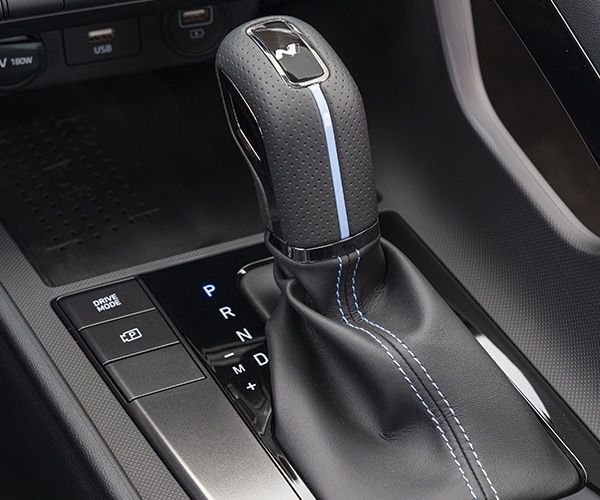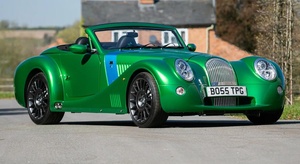David S. Wallens said:


Click on either graph to open in a new window.
From the top, the data cells show speed on track, throttle pedal position, engine speed, and total time gained/lost. The lower chart is just a zoomed-in version of the top one. “The zoom better shows the resolution of the throttle trace and rpm spike in that shift,” Clay explains.
“Before the first shift on the back straight–third to fourth–both drivers are approximately the same speed,” he explains. “After the first shift, the blue driver is 2 mph faster than the red immediately.”
Clay dives deeper into the data: “In this shift, red comes off throttle at 1:19.766, back on at 1:20.269–almost exactly 0.5 seconds. Blue comes off throttle at 1:19.928, back on at 1:20.269–about 0.3 seconds.”
“Note that clutch pressure would be an interesting data point also,” he continues, “and the blue driver shows the negative effects of shifting too fast: trying to jam all the actions of the sequence in.
“The ‘shift tail’ in the rpm graph shows that the driver overlapped pedals–a big no-no. The clutch pedal was already going down before the throttle pedal was fully released, although you can see in the graph that it was more of an issue of inertia than late throttle release.
“Nevertheless, this is one of the ways that shifting fast can damage the engine, clutch, or driveline–although adjustment of a proper clutch stop does make this much easier to time.
“Over the duration of the full back straight, and with no other factors in these runs, faster shifting and the increased terminal mph achieved has made the blue driver, who came onto the straight slower, a total of 0.3 seconds faster in this straight alone.
“Add the front straight and the shorter middle straight and you just put at least half a second in your pocket through proper equipment adjustment and perfecting technique.”
The most telling thing I see in graphs is the engine rpm traces. It's obvious that the quicker driver made more power thru the shift, evidence of that is in the rpm flare. The engine's rotating assy absorbed energy during the shift which is what caused the flare, then the car was able to transfer that added flare energy to the track without spinning the tires. The result was more power applied to the track over the same time period. Pedal stop adjustment may have had a hand in changing the driver's timing to create the flare, but harnessing that rpm flare without breaking traction is what made him faster.
I actually have clutch pressure data on my car, and also have a way to adjust the rate that the clutch actually engages. The main benefit of being able to adjust clutch engagement rate is the ability to reduce the intensity of energy transfer between the rotating assy and chassis, to a level that doesn't cause the tires to break traction. Most customers are using my ClutchTamer and Hitmaster clutch control devices in a drag racing setting, but some road and rally guys are also using them as more efficient alternatives to the Tilton Flow Control Valve .
Grant
































